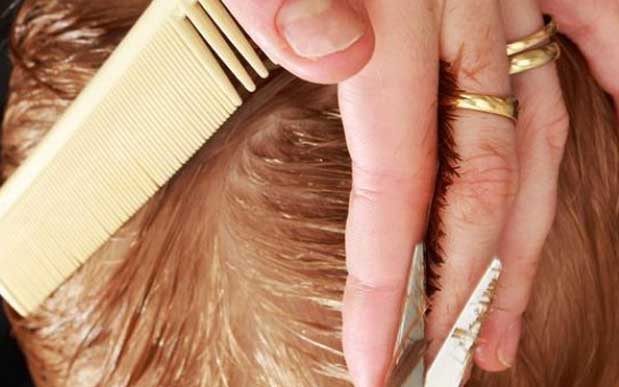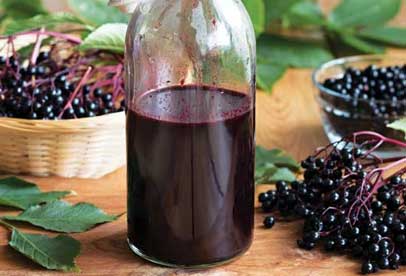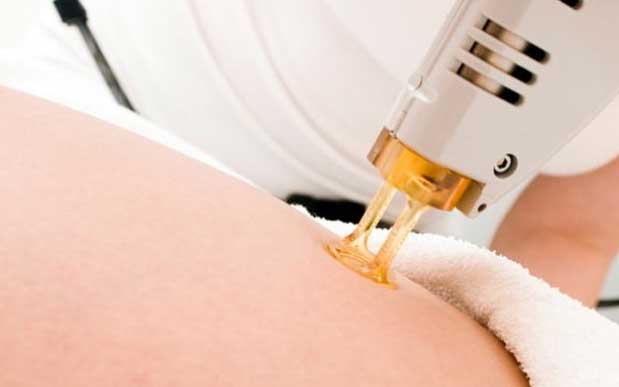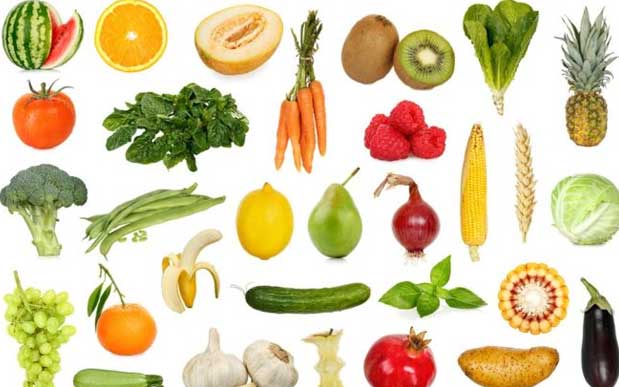
Scientists found effective dandruff treatment
The latest study into scaly scalps has found that nurturing particular bacteria on the skin could keep the white flakes at bay.
Researchers in Shanghai took on the dandruff problem with an unprecedented investigation into flaky scalps and the ecosystem of microbes that set up home on the human head, feeding on the lavish menu of dead skin and oily secretions called sebum.
Menghui Zhang at Shanghai Jiao Tong University invited 59 people aged 18 to 60 years old into the lab and gathered dandruff from eight different areas on their heads. All had washed their hair two days before turning up at the centre.
Zhang separated the volunteers into ?healthy? and dandruff groups, depending on the amount of visible skin flakes in their hair. He then looked to see how the populations of scalp bacteria and fungi differed between the two groups, and with individual?s sex, age and physiology.
The researchers found that sebum secretions rose through the teenage years, peaked at 15 to 35 years old, and then declined as people got older. Meanwhile, dandruff became worse as people aged, with the over 40s having more severe dandruff than the younger participants. Writing in the journal Scientific Reports, the authors note: ?Sebum is an important food source for the growth of fungi and bacteria.?
In previous work, scientists had identified a group of fungi called Malassezia as potential culprits in causing dandruff. The yeast eat fatty substances in sebum and produce oleic acid, which irritates the skin and may cause the scalp to flake. But in the latest study, Zhang found Malassezia fungi on the heads of people without dandruff, suggesting flaky skin might be made in other ways.
He found that instead of fungi, the most important factor seemed to be bacteria. The two most common bacteria living on the scalp were Propionibacterium andStaphylococcus. In the ?healthy? group with little or no dandruff,Propionibacterium made up 71% of the scalp bacteria, with Staphylococcusaccounting for only 26%. But in the dandruff group, he noticed the populations had shifted dramatically, with Propionibacterium falling to 50%, andStaphylococcus rising to 44%.
The two types of bugs can restrict each other?s growth, and Zhang suspects that when Staphylococcus gets the upper hand, more dandruff is the result. Scalp sebum, he said, may be a particularly good food source for Propionibacterium, while moisture released from the skin helped the bugs grow. ?We found that keeping the balance of the microenvironment is very important,? Zhang said.
All of which points to bug management as the new way of controlling dandruff. ?Adjusting the balance of the bacteria on the scalp, particularly by enhancingPropionibacterium and suppressing Staphylococcus, might be a potential solution to lessen dandruff,? Zhang writes in the journal.
How the community of scalp bugs can best be shaped to prevent dandruff is a question Zhang is now investigating, with a view to making better anti-dandruff shampoos. One approach could be to nurture Propionibacterium at the expense ofStaphylococcus, by delivering nutrients to the scalp that benefit Propionibacterium more than its microbial rivals.
But another answer may lie in yogurts that contain Propionibacterium. In 2013, researchers in the US developed a yogurt laced with the bugs to help protect the skin from a hospital superbug, drug-resistant Staphylococcus aureus. Scalp yogurt may be next.
Related News

How to Make Elderberry Syrup

Learn to Do Vinyasa Yoga for Weight Loss

Could laser hair removal give you CANCER?

Cancer warning over skin bleaching treatment

How to Lose Weight Fast: 3 Simple Steps, Based on Science

The best skin care quickies men with oily skin can get

Losing Weight in Hot Weather Made Easy

Eat more fruit and veg for a longer life
Most Read
★Learn to Do Vinyasa Yoga for Weight Loss
★10 questions about laser hair removal
★Yoga Poses for People with Less Flexible Body
★Eat more fruit and veg for a longer life
★Take care of your coloured hair with Wella
★The amazing and healthy benefits of meditation!
★3 Must Try Face Yoga Exercises For Glowing Face
★Losing Weight in Hot Weather Made Easy
★How to Make Elderberry Syrup
★Haryana girl Nishtha Dudeja wins Miss Deaf Asia 2018 crown
★8 Fruits that Burn Fat: Include Them In Your Diet For Great Health Benefits
★5 superfoods to combat hair loss
★5 Reasons Cheese is Actually Good For Your Health
★Work stress may lead to irregular heart rate
★5 Hot Yoga Poses For Rapid Weight Loss
★Just ten minutes of play a day can help children reduce their risk of developing heart disease and diabetes later in life
★Does ginger gene offer key to younger looking skin?
★What dangers are hidden in your pillow?
★How you should wash your face?
★Dairy and vitamin D supplements protect against bone loss
★Heres why you should go sulphate-free with your hair care
★How To Achieve The Perfect Nail Shape
★A Beginners Guide to Sun Salutations
★Can Eating Bananas Help You Lose Weight?
★The tangy taste of Banaras
★Aerobic training can help reverse ageing
★This One Exercise Helps You Become a Better Runner
★Growing Propagating and Using Aloe Vera
★This is how many calories your tea and coffee habit is adding to your diet EVERY DAY
★4 Superfoods for a Healthy Looking Skin
★7 Must-Eat Fermented Foods for a Healthy Gut
★Looking towards India for design
★A platter full of seafood
★Working It Out: The future of work and digital
★The best effective and natural plants for a good memory
★Numerous health benefits of bitter melon (uses , side effects)
★Exercise can help boost memory through bone hormone: Study
★The Simple 20-Minute Habit That Could Save Your Life
★Man has lived with giant neck for 13 years after going to doctors for help
★15 Best Heart-Healthy Foods
★Vitamin reverses aging in organs and muscles
★The health benefits of popular foods
★Research reveals surprising health benefits of chewing your food
★Manage oily skin in winters with these steps
★Top Foods for Calcium and Vitamin D
★Healthiest Foods For Women
★5 Effective Baba Ramdev Yoga Asanas To Increase Height
★Eating Carbs and Fats Before a Workout? Read This
★Mans lips exploded after he became 'addicted' to fillers
★Skinny jeans and big fluffy hoods contribute to back pain
